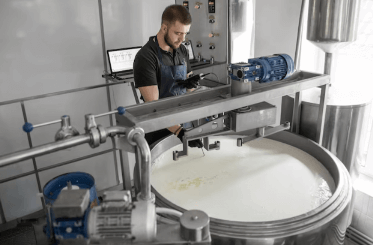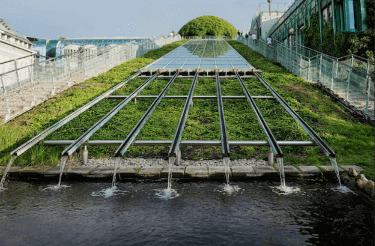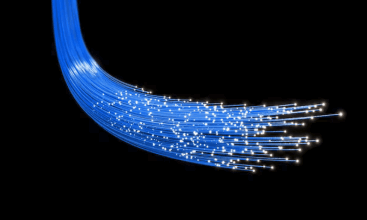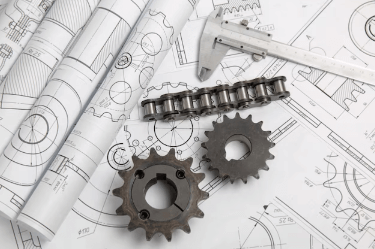Question
a.
\(\sqrt{((\frac{σ_z-σ_x}{2})^2+τ_{xz}^2))} -\frac{σ_z+σ_x}{2} sinφ=c cosφ\)
b.
\(\sqrt{((\frac{σ_z-σ_x}{2})^2+τ_{xz}^2))} \frac{σ_z+σ_x}{2} sinφ=c cosφ\)
c.
\(\sqrt{((\frac{σ_z-σ_x}{2})^2+τ_{xz}^2))} = c cosφ\)
d.
\(\sqrt{((\frac{σ_z-σ_x}{2})^2+τ_{xz}^2))} -\frac{σ_z+σ_x}{2} sinφ=cosφ\)
Posted under Foundation Engineering
Interact with the Community - Share Your Thoughts
Uncertain About the Answer? Seek Clarification Here.
Understand the Explanation? Include it Here.
Q. The Mohr Coulomb equation in terms of stress components in x-z plane is ______________
Similar Questions
Explore Relevant Multiple Choice Questions (MCQs)
Q. Combing the three equations, \(\sqrt{((\frac{σ_z-σ_x}{2})^2+τ_{xz}^2))} -\frac{σ_z+σ_x}{2} sinφ=c cosφ\), \(\frac{∂σ_x}{∂x}+\frac{∂τ_{xz}}{∂z}=0\), and \(\frac{∂τ_{xz}}{∂x}+\frac{∂σ_x}{∂z}+γ=0\), lead to the equation called ___________
View solution
Q. The solution of Kolter’s equation gives ____________
View solution
Q. In active state, the major principal stress σ₁ is ____________
View solution
Q. In active state, the minor principal stress σ₃ is _________
View solution
Q. In passive state, the major principal stress σ₁ ____________
View solution
Q. In passive state, the minor principal stress σ₃ is _________
View solution
Q. For cohesion-less soil, the ratio of major to minor principal stress is __________
View solution
Q. The ratio of horizontal stress σₕ to vertical stress σᵥ is _______
View solution
Q. The coefficient of earth pressure for active state of plastic equilibrium is given by ___________
View solution
Q. The coefficient of earth pressure for passive state of plastic equilibrium is given by ________
View solution
Q. The coefficient of earth pressure for active state of plastic equilibrium in terms of sine function is _______
View solution
Q. The coefficient of earth pressure for passive state of plastic equilibrium in terms of sine function is _______
View solution
Q. During the active state of plastic equilibrium, the retaining wall moves _______
View solution
Q. During the passive state of plastic equilibrium, the retaining wall moves _______
View solution
Q. In active state of plastic equilibrium, the earth pressure on the wall ________
View solution
Q. In passive state of plastic equilibrium, the earth pressure on the wall ________
View solution
Q. In active state, the failure wedge shows ____________
View solution
Q. In passive state, the failure wedge shows ____________
View solution
Q. The theory of plasticity pertaining to soils is based on ___________
View solution
Q. On designing retaining walls it is necessary to take care of __________ exerted by soil mass.
View solution
Recommended Subjects
Are you eager to expand your knowledge beyond Foundation Engineering? We've handpicked a range of related categories that you might find intriguing.
Click on the categories below to discover a wealth of MCQs and enrich your understanding of various subjects. Happy exploring!








